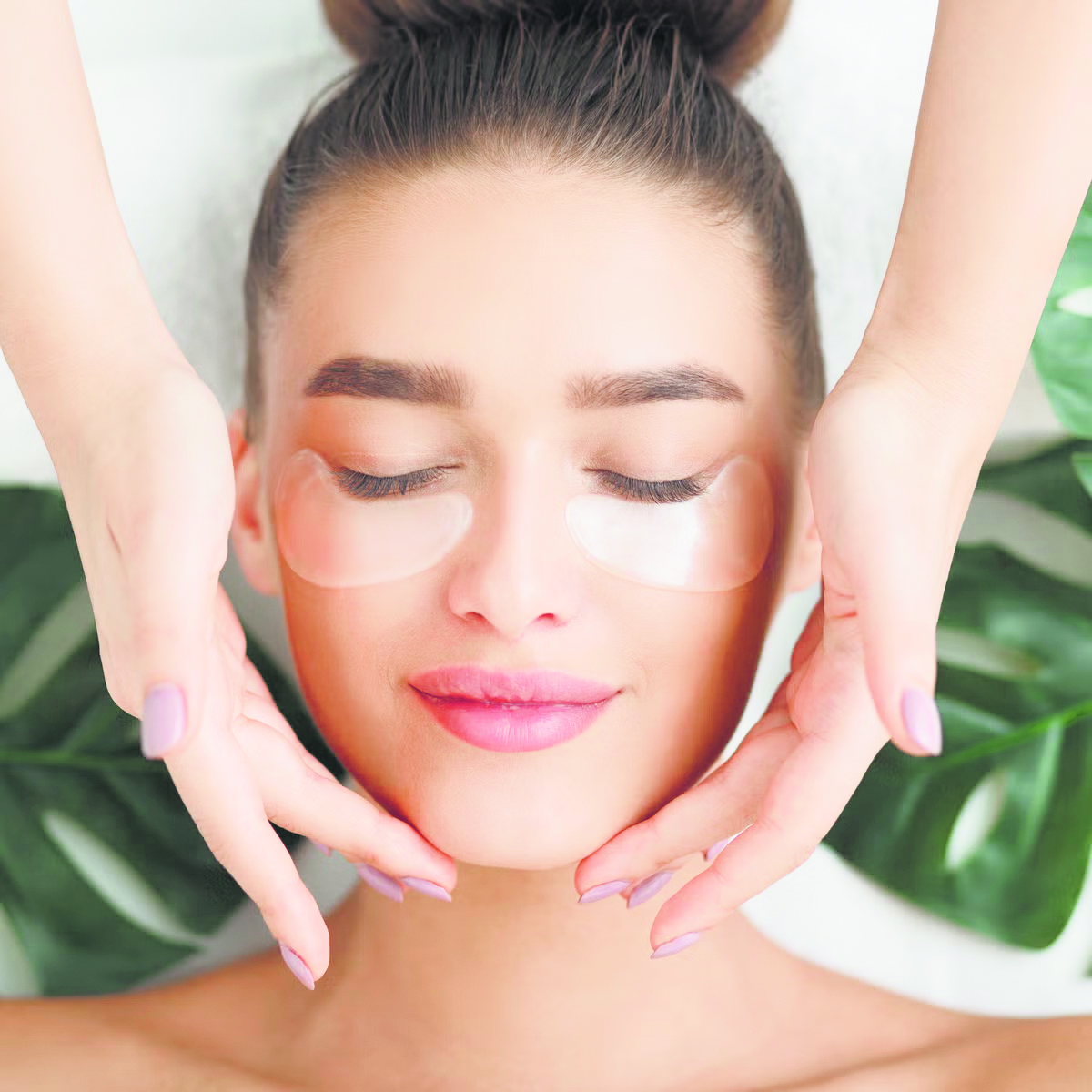Why cultural beauty practices trumps trendy routines
Beauty World is constantly evolving. Amidst the frequently changing trends and fads, the concept of beauty is a dynamic phenomenon. On one side is cultural beauty, deeply rooted in tradition. On the other hand, there are trendy routines, which can capture the excitement of that moment only. There is an undeniable attraction to the timeless beauty of cultural aesthetic practices. As individuals navigate this diverse aesthetic realm, the intersection of cultural heritage and contemporary trends raises interesting questions about identity, authenticity, and the essence of true beauty. The deep connection with heritage, authenticity, and overall well-being found in cultural beauty makes it stand out as a better option for those seeking sustainable beauty.
It is very important to understand cultural beauty. If you try to read it, you will understand that it contains a rich tapestry of practices, customs, and aesthetic ideals that have been passed down through generations.
From traditional attire to age-old skincare rituals, cultural beauty takes a holistic approach that goes beyond mere physical appearance. It is a reflection of collective identity, a celebration of diversity, and a tribute to lineage. Beauty rituals in practices and cultures around the world are steeped in history and hold deep meaning. For example, the meticulous skincare routine of Japanese geishas, with the use of ingredients such as rice water and camellia oil, is not only about achieving flawless skin but embodies discipline and appreciation for the natural elements. Similarly, the vibrant and intricate mehndi patterns that grace the hands of Indian brides go beyond decorative beauty, they symbolize love, and the bond between partners.
On the contrary, trendy routines seem to be becoming the trend in today’s beauty industry. These trends excite today’s youth. The youth remember all the techniques from skincare to make-up by word of mouth because of these new trends. These trends turn into obsessions. Social media and influencers have accelerated its pace, creating a global beauty culture that often blurs geographical boundaries.
The essence of true beauty lies in authentically embracing one’s identity. While trendy routines can offer exciting innovations, a harmonious blend of modern and traditional approaches allows for an aesthetic regime that is contemporary and culturally based.
These beauty routines prioritize the pursuit of an existing ideal. The pressure to conform to these trends may lead individuals to adopt practices that may not align with their cultural background or personal values. While these trends provide excitement and innovation, they can sometimes overlook the importance of cultural beauty rooted in time-tested practices.
From hair care to skincare rituals, every culture has its wonderful practices that reflect its heritage, values, and connection to nature. For example, Geisha in Japan are known for their beauty. Their porcelain-like complexion is synonymous with beauty. They have relied on natural ingredients like rice bran and seaweed for centuries.
The secret of Moroccan beauty lies in argan oil, which is extracted from the kernels of the argan tree. This oil is rich in Vitamin-E and fatty acids and that is why it is used in skin and hair care.
Australians have been using oil obtained from the emu bird in their skincare routines. Kakadu plum, one of the richest sources of Vitamin C, is revered for its antioxidant properties.
Ayurveda is a holistic system that cares for the total well-being of the body, helping to achieve clear glowing skin and healthy hair, as well as total beauty from top to toe. Turmeric, a staple in Indian households, is known for its anti-inflammatory and skin-lightening properties. Ayurvedic skincare routines often include natural ingredients like neem, sandalwood, and amla to balance doshas and promote overall well-being.
The most compelling aspect of Cultural Beauty is that it gives you long-term results and maintains a timeless appeal. The effectiveness of these age-old treatments is proof of their lasting benefits. Trendy beauty routines, on the other hand, often provide temporary solutions and may not provide lasting, long-term benefits.
Cultural Beauty takes a sustainable approach as they use local and seasonal ingredients. These easily align with eco-friendly principles. Trendy and quick-fix beauty routines are usually based on synthetic ingredients. Their packaging and practices are often not sustainable. What’s more, the beauty industry’s continued emphasis on mass production and turnover ignores the ecological impact of these trends.
Cultural beauty gives you a chance to connect with your heritage. Whether you wear traditional attire or practice age-old grooming rituals, cultural beauty promotes a sense of belonging and cultural pride. At the same time, these trendy routines, inspired by the constant need for innovation and new discoveries, separate you from the cultural roots.
However, in the end it all lies on everyone’s personal preference. I believe that beauty should be a source of empowerment. Through this, every person should be allowed to express themselves authentically. In the field of beauty, the attraction of cultural practices lies in their ability to go beyond trends and provide sustainable, authentic and holistic solutions. As we move forward in the ever-evolving and expanding landscape of beauty, we must remember the wisdom and grace that cultural beauty brings.

